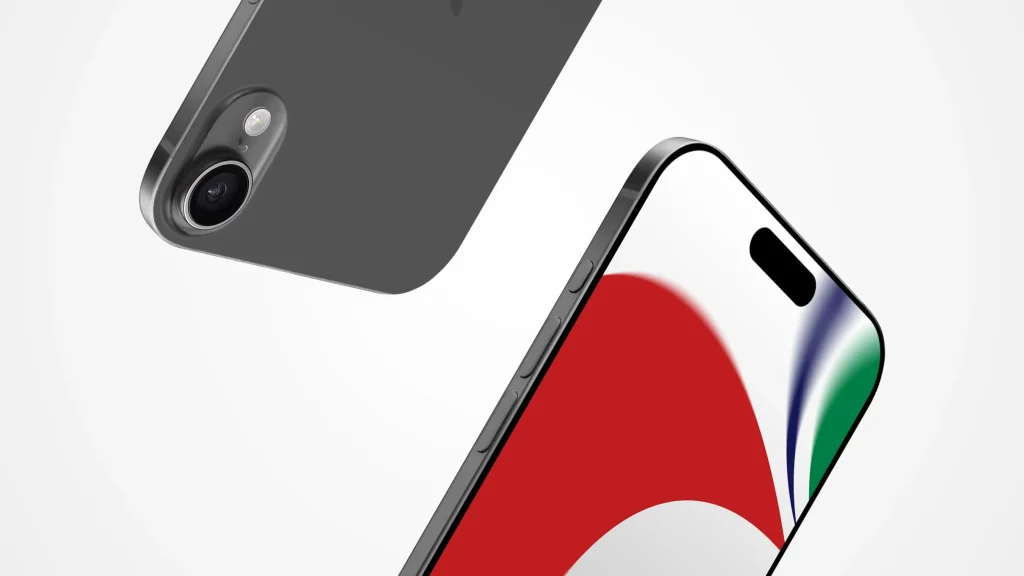The C1’s story starts with the iPhone 16e, launched in February 2025. Apple touted it as their most power-efficient modem yet, a claim backed by real-world perks. Users get faster, more reliable 5G without the battery drain that’s plagued some Qualcomm-powered models. The secret? Efficiency tweaks and a design that plays nice with iOS 18’s power management, as 9to5Mac noted. But there’s more: the C1 syncs with Apple’s silicon to prioritize data that matters—like speeding up a video call over a background app—making your phone feel snappier when it counts.
Why the iPhone 17 Air?
Come fall 2025, the iPhone 17 Air will take the C1 spotlight. Replacing the Plus model, this device is all about form—think razor-thin design with a single rear camera. Reports suggest Apple’s betting on the C1’s efficiency to keep battery life solid despite the slimmed-down chassis. It’s a practical move: a thinner phone risks a smaller battery, but the C1 could offset that, letting users enjoy all-day power without compromise. For those who value sleek over specs, it’s a compelling pitch.
Meanwhile, the rest of the iPhone 17 lineup—standard, Pro, and Pro Max (or Ultra, if rumors hold)—will stick with Qualcomm modems. Same goes for recent releases like the M3 iPad Air and A16 iPad, launched March 4, 2025. No C1 for Macs either, though cellular MacBooks remain a pipe dream. This selective rollout has sparked curiosity. Is Apple locked into Qualcomm contracts? Testing the C1’s reliability? Whatever the reason, it’s clear the company’s not rushing to ditch its old supplier.
What’s in It for Users?
The C1 isn’t just a cost-cutting flex—though ditching Qualcomm’s pricey chips surely helps Apple’s bottom line. It’s about control. By owning the modem, Apple can weave it into the iOS ecosystem, boosting performance in ways third-party tech can’t match. Imagine a 5G connection that knows when you’re gaming versus scrolling X, adjusting on the fly. For iPhone 16e owners, it’s already a taste of what’s possible—longer unplugged hours and a network that feels less laggy.
For iPhone 17 Air buyers, the payoff could be even sweeter. A thinner phone with no battery trade-off is a win for anyone tired of bulky designs. Plus, that iOS integration means a smoother experience—less stuttering on congested networks, more reliability when you’re out of Wi-Fi range. It’s not revolutionary, but it’s the kind of practical upgrade that keeps Apple users loyal.
The Bigger Play
Apple’s modem journey started years ago, driven by a desire to escape Qualcomm’s grip. The two have clashed over costs and patents, pushing Apple to build its own stack. The C1 is step one, with a C2 slated for the iPhone 18 lineup in 2026, per 9to5Mac. Each iteration promises more features—think faster speeds or slimmer designs—without the middleman. It’s classic Apple: innovate, integrate, dominate.
But why the slow drip? Risk management, likely. A buggy modem could tank a flagship launch, so Apple’s testing the waters with the 16e and 17 Air. If it works, expect wider adoption. If it flops, Qualcomm’s still on speed dial. Either way, users win—competition breeds better tech.
What’s Next?
For now, the C1 stays exclusive. No word on iPads or surprise devices getting it soon, though the iPhone 17 Air’s fall debut keeps the hype alive. Tech enthusiasts might drool over the A18-powered HomePod delay elsewhere, but here, it’s all about connectivity. Apple’s playing a long game—one where your phone lasts longer and works smarter, one modem at a time.
